Species Photo Gallery for Planicephalus flavicosta No Common Name 8 |
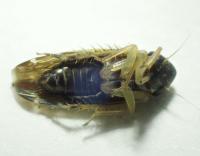 | Photo by: Erich Hofmann
Craven Co.
Comment: male; | 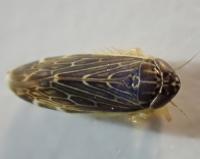 | Photo by: Erich Hofmann
Craven Co.
Comment: male; |
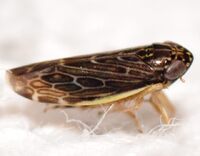 | Photo by: Erich Hofmann
Craven Co.
Comment: male | 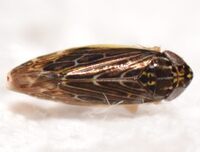 | Photo by: Erich Hofmann
Craven Co.
Comment: male |
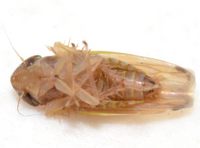 | Photo by: Kyle Kittelberger, Brian Bockhahn, Paul Scharf
New Hanover Co.
Comment: grassy area, near marsh; male, 3.6 mm; P. flavicosta, determined from specimen by C. Dietrich | 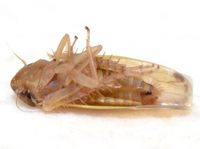 | Photo by: Kyle Kittelberger, Brian Bockhahn, Paul Scharf
New Hanover Co.
Comment: grassy area, near marsh; male, 3.6 mm; P. flavicosta, determined from specimen by C. Dietrich |
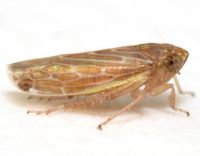 | Photo by: Kyle Kittelberger, Brian Bockhahn, Paul Scharf
New Hanover Co.
Comment: grassy area, near marsh; male, 3.6 mm; P. flavicosta, determined from specimen by C. Dietrich |  | Photo by: Kyle Kittelberger, Brian Bockhahn, Paul Scharf
New Hanover Co.
Comment: grassy area, near marsh; male, 3.6 mm; P. flavicosta, determined from specimen by C. Dietrich |
|

 »
»


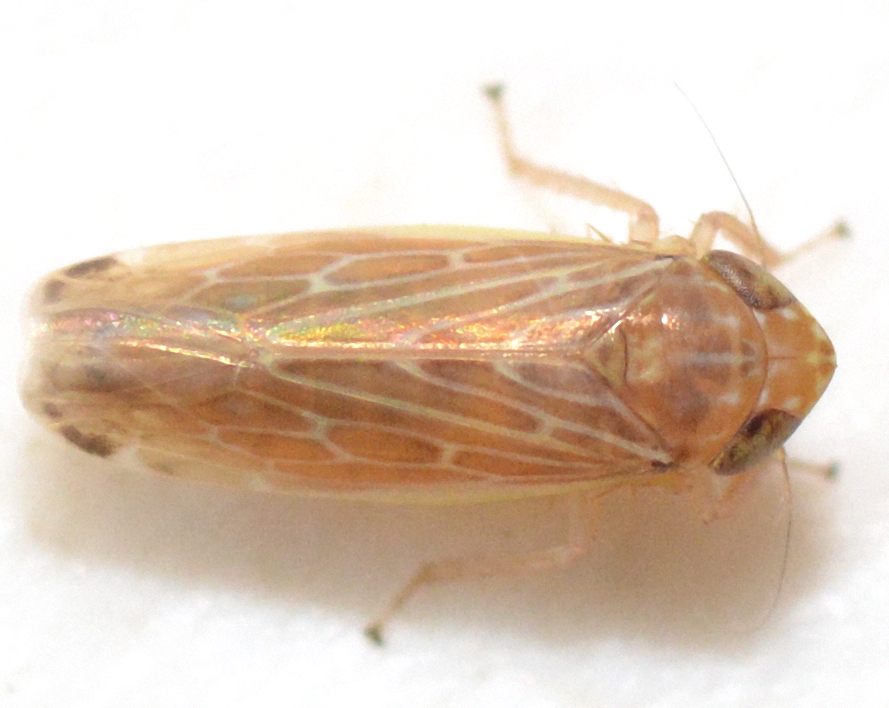

 »
»


